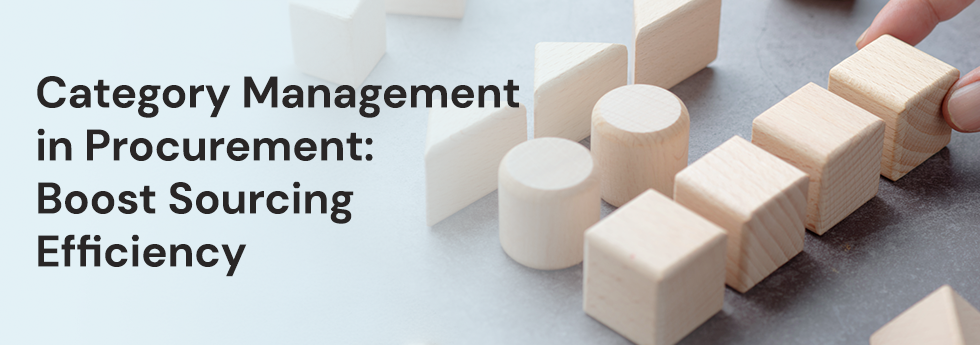As procurement becomes more strategic, category management has emerged as a key driver of sourcing excellence. By segmenting spend into procurement categories and aligning strategies with business goals, organizations can unlock cost efficiencies, manage risk, and drive compliance. A structured approach empowers teams with insights and control needed for better sourcing.
Inhaltsverzeichnis
ToggleWhy Category Management is crucial for Procurement
Category management enables procurement to:
- Define categories for better spend segmentation
- Map suppliers and items to relevant commodity categories
- Leverage category analytics for smarter decisions
- Align category strategy with business priorities
- Ensure supply chain compliance and cost control
It is not just a procurement methodology, it is a framework for strategic procurement.
Steps to Implement Effective Category Management
- Define and Create Procurement Categories
Start by building a taxonomy of procurement categories based on item types, business functions, or plant locations. Clear category definitions drive sourcing clarity and standardization. - Map Suppliers to Categories
Link suppliers and contracts to specific commodity categories. This supports better supplier performance evaluation and category-based sourcing strategies. - Develop Sourcing Strategies per Category
Tailor sourcing strategies to suit the dynamics of each category. Consider market trends, risk exposure, volume discounts, and supplier capabilities to guide strategic decisions. - Leverage Category Analytics
Use category intelligence tools to analyze spending trends, supplier performance, and contract utilization. These insights help identify opportunities for consolidation, renegotiation, or supplier development. - Monitor Category Compliance
Implement policies to drive category compliance across the organization. Ensure alignment with approved suppliers, negotiated contracts, and procurement governance frameworks.
Top Benefits of Category-Based Sourcing
- Higher cost savings through strategic supplier consolidation
- Improved compliance and risk control at the category level
- Better supplier performance management
- Informed decision-making through data-driven category intelligence
- Stronger alignment between sourcing and business needs
Category management transforms sourcing from a reactive function to a proactive strategy. It helps procurement teams plan better, execute smarter, and deliver greater value across the organization.
Enhance your sourcing outcomes today with MeRLIN centralized category management solution, offering analytics, governance, and complete control over your procurement categories.



